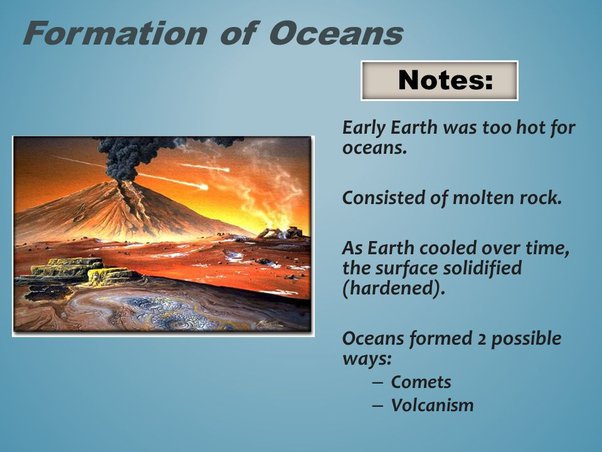2022-03-02 16:03:23
How many continents in the world?
In fact, the answer to this question is unequivocal, and there are 5 popular models.
7 continents: Africa, Antarctica, Asia, Australia/Oceania, Europe, North America, South America. Most popularly accepted model, commonly taught in English-speaking countries, China, India, and Pakistan.
6 continents version 1 (Asia and Europe united): Africa, Antarctica, Australia/Oceania, Eurasia, North America, South America. The model is most commonly taught in Western Europe.
6 continents version 2 in (one big America): Africa, Antarctica, Asia, Australia/Oceania, Europe, America. This model is popular in Eastern Europe and Japan.
5 continents: Africa, America, Asia, Europe, Pacific. Antarctica is omitted due to its lack of permanent habitation. This model is used by international organizations.
4 continents: Afro-Eurasia (Old World), America (New World), Australia/Oceania and Antarctica. The idea here is that all continents are landmasses divided by ocean.
Subscribe- t.me/askme
293 viewsedited 13:03





